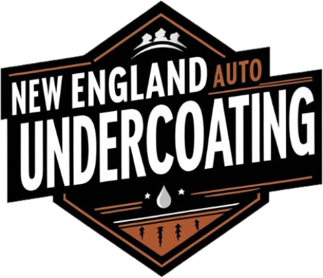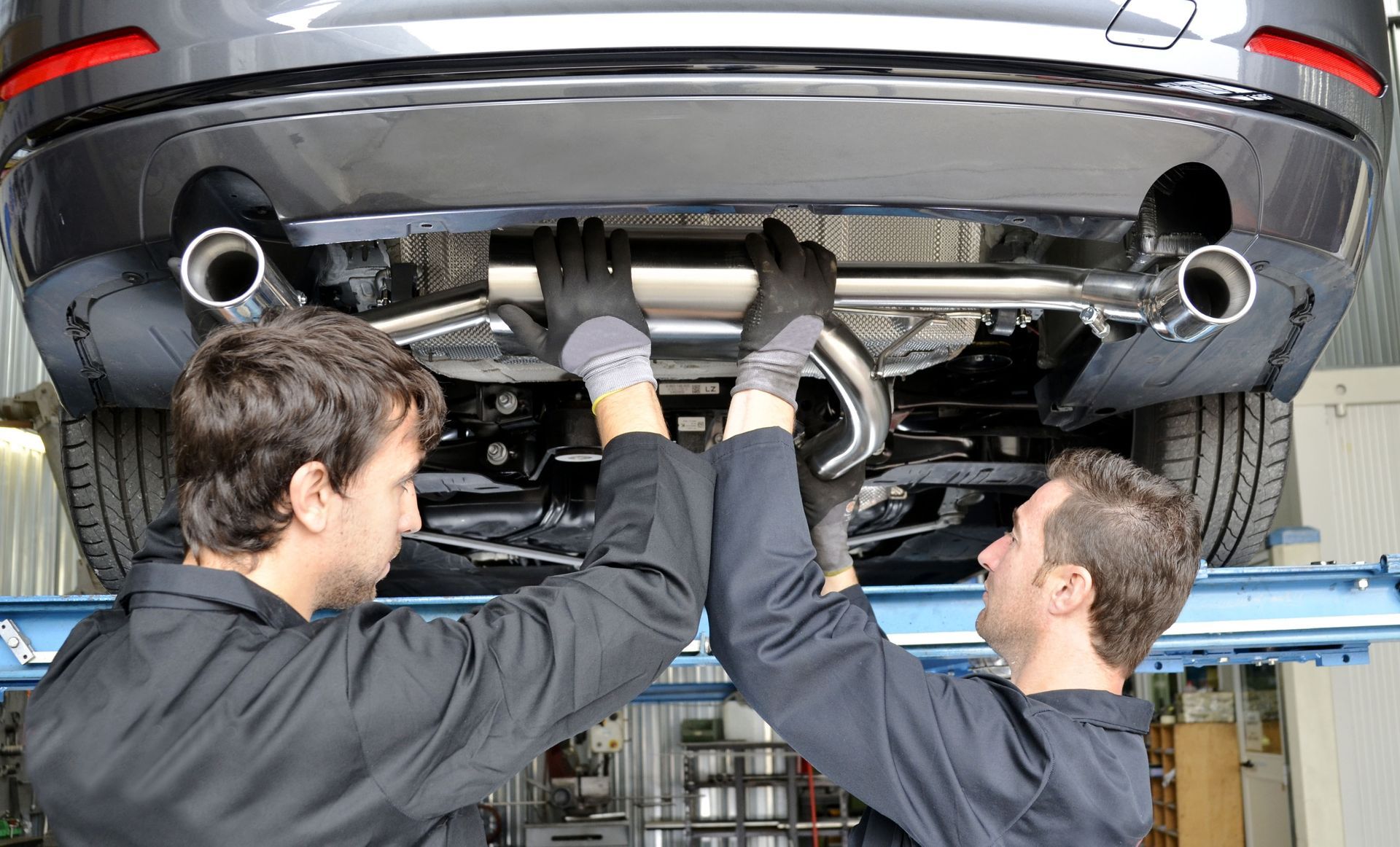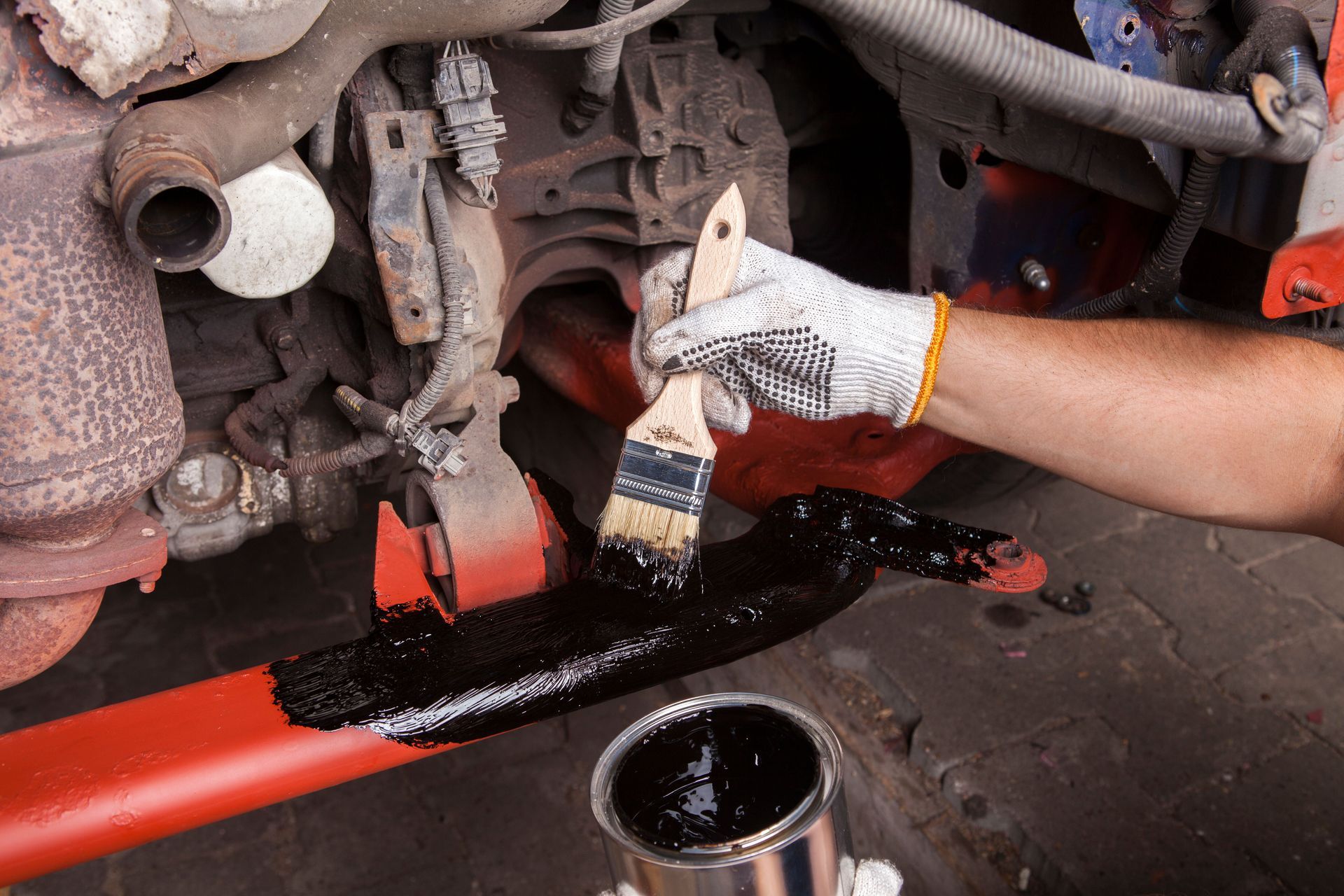October 23, 2025
Rust is every vehicle owner's nemesis. It can silently eat away at a car's structural integrity, compromise safety, and drastically reduce resale value. While some may think rust is inevitable, preventative measures can significantly extend the life of your vehicle. Two of the most popular methods for protecting your car from rust are auto undercoating and rust proofing. But how do you decide which one is right for your vehicle? This article breaks down both approaches, explores their advantages and disadvantages, and helps you make an informed choice to keep your car in pristine condition.
Understanding Rust and Its Effects on Vehicles
Before diving into preventative solutions, it's important to understand how rust develops and why it's such a costly problem. Rust forms when iron in steel reacts with oxygen and moisture, creating iron oxide. Over time, this can lead to structural weakness, unsightly discoloration, and even part failure.
The financial impact is significant. According to Synchrony, American drivers spend over $3 billion annually repairing rust damage on their vehicles. Beyond the monetary burden, rust can compromise your vehicle's safety by weakening critical components such as the frame, suspension, and brake lines. This makes proactive measures, like auto undercoating, essential for long-term vehicle maintenance.
Protecting Your Vehicle with Auto Undercoating
Auto undercoating is a process where a protective layer is applied to the underside of a vehicle to shield it from moisture, salt, and other corrosive elements. Typically made from rubberized or asphalt-based compounds, undercoating creates a durable barrier that prevents rust from forming on exposed metal surfaces.
The primary benefit of this treatment is its ability to protect areas of the vehicle that are most vulnerable to corrosion, such as wheel wells, frame rails, and the underbody. By forming a long-lasting protective layer, it helps prevent rust from taking hold, especially in regions with harsh winters or heavy road salt use. For car owners who plan to keep their vehicles for many years, this approach offers peace of mind and measurable long-term savings.
Understanding Rust Proofing
Rust proofing is a broader term that encompasses several methods aimed at preventing corrosion. Unlike car undercoating, which focuses primarily on the vehicle's underside, rust proofing can include treatments for the entire car, including door panels, engine compartments, and other exposed metal surfaces.
Common rust-proofing techniques include oil sprays, wax-based treatments, and electronic corrosion inhibitors. Oil sprays penetrate seams and crevices to create a moisture-repelling barrier, while wax-based coatings provide a smooth surface that prevents rust formation. Some rust-proofing systems even incorporate long-term warranty coverage, giving car owners added confidence in their protection.
While rust proofing offers broader coverage, its effectiveness depends on consistent maintenance. Over time, treatments may need to be reapplied to ensure continued protection, particularly in areas where salt, sand, or water exposure is high, and regular inspections are necessary to catch any early signs of corrosion before they worsen.
Comparing Auto Undercoating and Rust Proofing
When deciding between auto undercoating and rust proofing, it's important to weigh the strengths of each approach.
Car undercoating advantages include providing a thick, durable barrier that protects the underbody from moisture, salt, and road debris. It is particularly effective in preventing structural damage to critical components and offers long-lasting protection that can last several years with proper maintenance.
Rust proofing advantages include broader coverage, including hard-to-reach areas like door panels and frame seams. It can be applied in multiple forms, such as oil sprays, waxes, or electronic systems. Some treatments include warranty protection for added peace of mind.
The key difference lies in the focus area and longevity of protection. One method is more robust for the undercarriage, while the other provides a generalized protective approach for the entire vehicle. Depending on your car's age, usage, and exposure to corrosive elements, one approach may be more suitable than the other — or combining both may provide the ultimate defense against corrosion.
Evaluating Factors Before Choosing a Method
Choosing between auto undercoating and rust proofing requires evaluating several factors specific to your vehicle and driving environment. Climate plays a big role: vehicles in regions with heavy snowfall, frequent rain, or coastal salt exposure benefit more from undercoating due to its strong moisture barrier.
Vehicle age and condition also matter. Older vehicles with existing rust may require a more targeted undercoating approach, while newer cars can take advantage of full-body rust-proofing treatments. Budget considerations are important, too. While undercoating may involve a higher initial cost, its long-lasting protection can reduce future repair expenses. Rust proofing can be more affordable initially, but may require ongoing maintenance.
Finally, usage affects your choice. Off-road vehicles or cars driven in areas with gravel, sand, and salt-laden roads benefit from the rugged protection of undercoating, while vehicles used mainly in urban environments may find rust-proofing sufficient. By carefully considering these factors, you can select the method that best fits your lifestyle and ensures long-term vehicle protection.
Combining Auto Undercoating and Rust Proofing for Maximum Protection
For car owners looking for the ultimate defense against rust, combining auto undercoating with rust proofing may be the best approach. Applying a durable undercoating to the vehicle's underbody while simultaneously treating exposed panels and seams with rust-proofing products creates a comprehensive protective shield.
This dual approach addresses both the most vulnerable areas of the vehicle and broader surfaces, minimizing the chances of corrosion forming anywhere on the car. While it may require a higher upfront investment, the long-term savings can be substantial, especially considering the high costs associated with rust repair. Taking preventive measures now can protect both your vehicle's safety and your wallet.
Maintaining Your Rust Protection
Whether you choose auto undercoating, rust proofing, or both, maintenance is crucial to maximize effectiveness. Regular inspections of the underbody, wheel wells, and seams help detect early signs of rust or damage. Frequent washing, particularly during winter or in coastal areas, removes salt, dirt, and debris that accelerate corrosion.
Any small chips in the undercoating or rust-proofing layer should be repaired promptly to prevent moisture from penetrating exposed metal. Some rust-proofing treatments, especially oil-based ones, may need to be reapplied periodically. Following manufacturer recommendations ensures continued protection and maximizes the lifespan of your vehicle.
Rust prevention is not just about aesthetics — it's a critical factor in ensuring your vehicle's safety, performance, and resale value. Both methods provide effective ways to defend against corrosion, each with its unique advantages. One approach excels in protecting the underbody and critical components, offering long-lasting defense against moisture and salt. The other offers broader coverage across exposed metal surfaces and may include warranty protection.
Ultimately, the best strategy depends on your vehicle type, driving environment, and long-term goals. In many cases, combining different rust-proofing treatments delivers the most comprehensive protection, safeguarding your investment against the high costs of rust repair. With American drivers spending over $3 billion each year combating rust damage, taking proactive measures is not just smart — it's essential.
By making rust prevention a priority, you ensure that your vehicle stays strong, safe, and visually appealing for years to come. Protect your vehicle from rust before it's too late! Schedule a professional auto undercoating service today with New England Auto Undercoating and keep your car looking and performing like new for years to come.


